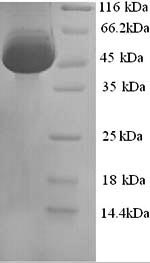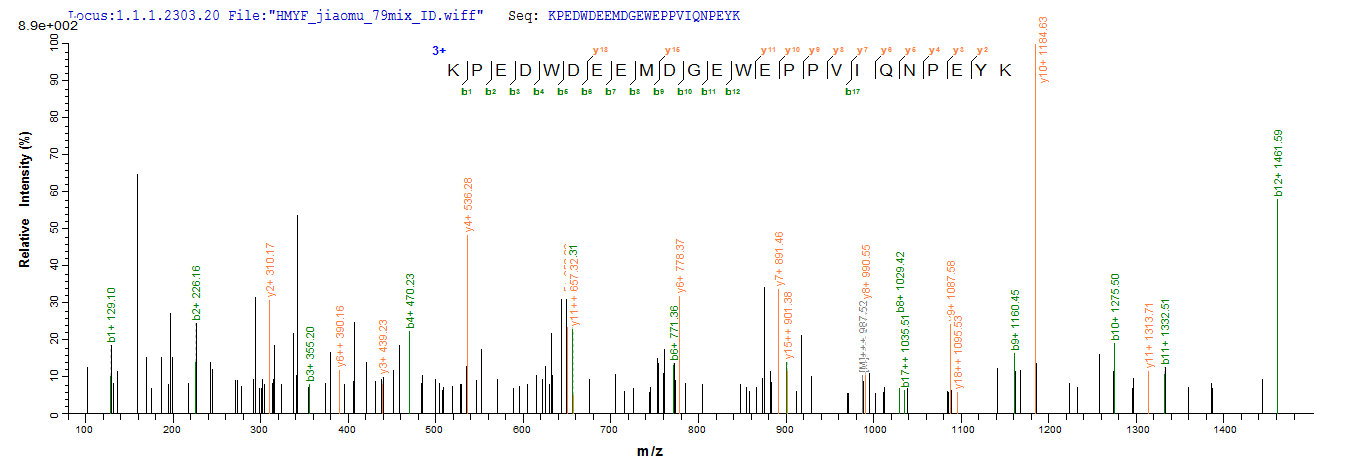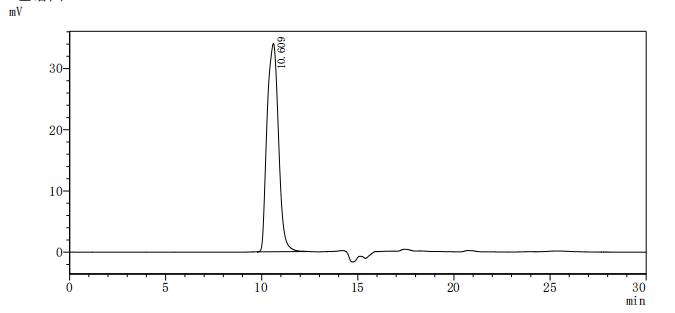Recombinant murine Calreticulin (Calr) fragment Asp18-Leu416 with an N-terminal 6xHis-tag was expressed in yeast. This LC-MS/MS Analysis-verified Yeast-expressed Recombinant Mouse Calr peptide is the full-length mature protein from amino acid 18 to 416. It is greater than 90% in purity as determined by SDS-PAGE. Its predicted molecular weight is approximately 48.3 kDa. Under reducing conditions, its actual molecular mass is a little bit more than that of the calculated due to glycosylation. This Calr protein can immunize animals such as rabbits to generate corresponding antibodies and also be used in the studies of cancer therapies.
Calr is a highly conserved endoplasmic reticulum chaperone protein involved in multiple cellular activities, such as proper protein folding and assembly, the maintenance of intracellular calcium homeostasis, cell adhesion, and RNA stability. Also, emerging evidence shows that Calr is involved in tumorigenesis by promoting proliferation, migration, and adhesion. Interestingly, Calr translocated to the cell surface facilitates the phagocytic uptake of apoptotic and cancer cells by inducing an immune response, which may suggest a potent immunotherapy-based anti-cancer strategy.








